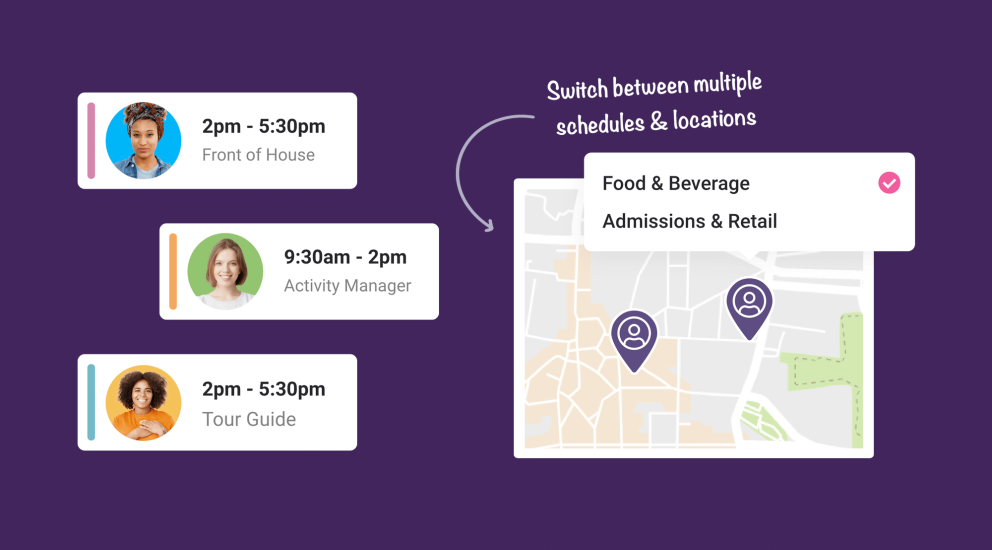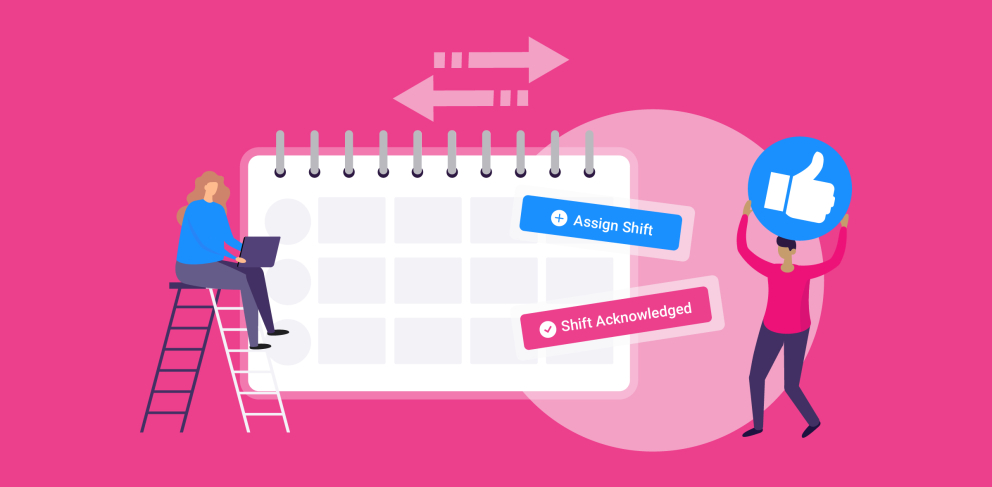How To Manage Unhappy Employees


It’s horrible when you have an unhappy employee. Maybe you’ve noticed their work slipping. Maybe they’ve approached you with concerns. Maybe you’re just aware that they haven’t been their usual self. Either way, it can be a tricky situation to manage, trying to balance the needs of your business and the rest of your team with compassion for your employee.
There are as many reasons an employee might be unhappy as there are people. It could stem from something at work; feeling unfulfilled in their role, a lack of progress, conflicts with colleagues, dissatisfaction about pay, a too high workload, or it could be entirely unrelated, reflecting problems at home or wider mental health issues. Some of these factors may be within your control but unfortunately many won’t be. Your job is to sensitively establish whether the problem is something that you can help with, being careful not to pry if they aren’t comfortable talking, while also ensuring that they feel heard and supported.
It may be tempting to see employee problems as a nuisance and to feel that they ought to just get on with it and do the job they’re paid to do, especially if they’re having an impact on the rest of the team. Doing so is a mistake, however; not only does this prevent you from getting to the bottom of the problem and potentially resolving it, but it also tells your team that the company doesn’t care about their well-being. Not the most effective way of ensuring staff retention. Instead, you’re much better off putting the effort in to try to help as early as possible and reaping the rewards of fulfilled and happy staff in the long term.
Of course, no matter how receptive you are, your team won’t always want to talk to you about their problems. This, too, can be for a range of reasons; they may not want to burden you or may think that you won’t be able to help. They could feel that raising their concerns might make them look bad, singling them out as a ‘difficult’ employee. You can’t force an employee to confide in you if they don’t want to but you can try to encourage it by fostering an open and supportive environment, making sure that your team as a whole know that their well-being is a priority and that they’re always free to come to you or other members of the team with any concerns.
As well as encouraging employees to talk to you when they're unhappy, it’s also worth keeping an eye out for telltale signs to try to spot problems before they escalate. These signs may manifest in employees as missed deadlines, lower quality of work, or not being on top of their workload. They might start showing up for work late or leaving as quickly as possible at the end of the day, or overrunning on their breaks. It’s also worth keeping an eye on social habits; an employee who’s stopped interacting with others or who is suddenly eating their lunch alone every day may well have more on their plate than they’re letting on. If you can identify patterns in these signs then even better; if they’re struggling with certain people or on particular days then it may help you to diagnose the problem.
Once you’ve identified a problem your next step is to try to talk to the employee one-on-one or to arrange for another manager to do so. You’ll need to listen to their concerns, consider every angle, and make reasonable adjustments where possible. Where this isn’t possible you’ll want to clearly explain to the employee why their requests can’t be accommodated and work with them to find a compromise. The key thing to remember is to make sure that the employee feels supported and seen at all times, reinforcing that you want to work with them to resolve any issues.
As a result of your conversation, you may find that the employee just needs short-term support while they get back on their feet. You may find that they’ll always need support with certain things. No matter the situation your aim needs to be to create an open and honest dialogue with them so that they understand that the company is there to support them while also being aware of the impact that any adjustments may have on the company and their colleagues. Whether the employee is happy to talk and you’re able to resolve the situation quickly or if they’d prefer not to we recommend making them aware that the option to talk again is always open to them.
Following this conversation, you’ll need to document what’s been discussed and any actions that have been taken, and share this with the employee so that they know it’s being taken seriously. Keeping logs will also protect both you and the employee in the future in the event that the situation worsens by showing that they were dealt with fairly and that you explored options with them.
Ultimately, you won’t always be able to resolve every employee’s problem, but you should come out of the process with a better understanding of what’s happening, allowing you to make more informed decisions in the future. In a best-case scenario, you might be able to bring a valued employee back into the fold, helping them through a tricky period and showing the rest of your team that you’re there for them. In the worst case, you’ll at least have identified the issue and have built the foundations for disciplinary proceedings where appropriate so that you can protect your business and the rest of your team.




